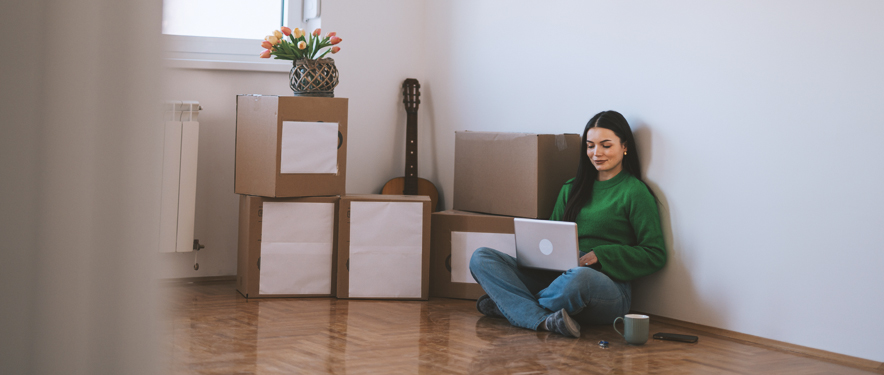- Home
- Financial Resources
- Financial Articles
- Beginner's Guide to Emergency Funds

Beginner's Guide to Emergency Funds
By Brooke Howell / 04/06/2020 / Your Money
In a world where almost nothing is certain, it's easy to get overwhelmed. But establishing or feeding an emergency fund can help you navigate potential financial hardships.
What is an emergency fund?
An emergency fund, sometimes called emergency savings, is money set aside to handle unexpected costs that may arise. Having an emergency fund can help you afford urgent, unavoidable expenses without draining your savings or going into debt.
Here are some tips for building an emergency fund:
- Set a reasonable goal
Some experts recommend keeping six to eight months of living expenses on hand. That’s a great goal, but it can also be intimidating. If you’re just starting out, aim for a more attainable emergency fund amount, like $200. You’ll feel accomplished earlier and be more motivated to keep adding money to your emergency fund if you can. - Don’t stop saving
Remember, your emergency fund is different from your savings. An emergency fund is there to help you cover sudden costs. Your savings is money you put aside for planned expenses or goals, like a new car or a home improvement project. It’s important to continue building both of these funds. - Every little bit helps
After monthly expenses and savings, you might not have much to put into your emergency fund. That’s OK! Save what you can, when you can. Try skipping one indulgence a week: forgo a morning coffee run or getting pizza delivered. Put the few saved dollars into your emergency fund and watch it grow over time. - Build it into your budget
As you create your budget, look for little ways to save. Try cutting $5-$10 from a few non-fixed expense categories, such as clothing, entertainment and groceries. Use that amount to create an “emergency fund” category in your budget. - Set it and forget it
Make saving for your emergency fund that much easier by taking advantage of features from your bank. You can likely adjust settings on your accounts to transfer a small percentage of your income into your emergency fund. You may also consider downloading a money-saving app to your smartphone. Thoroughly research the app before downloading and entering your information. - Break (only) in case of emergency
It can be tempting to dip into your emergency fund now and then, but don’t! Sure, you could pull out $100 or so to fund your next road trip, but you’ll really miss that money if you suddenly break down or run into other issues. Commit to letting your emergency fund grow, and only take out money for true emergencies.
It’s hard to predict when an emergency will arise, but careful spending and saving can help you be prepared and recover quickly. Learn more ways budgeting can help you reach your goals and live the life you want.
By Brooke Howell, GM Financial
Brooke Howell is a storyteller who loves digging up ways to improve money management and help others make smart financial decisions. She has three American Staffordshire terriers, one curmudgeonly Chihuahua and doesn’t do anything by halves (except marathons).
Related Articles

3 Scary Financial Mistakes (and How to Fix Them)
Don't let financial mistakes haunt you. Learn and move forward.
Get TIps
Moving Out? 5 Money-Saving Skills You Need to Know
From managing money to fixing flats, here are five things we wish we’d known before living on our own.
Start Saving Now